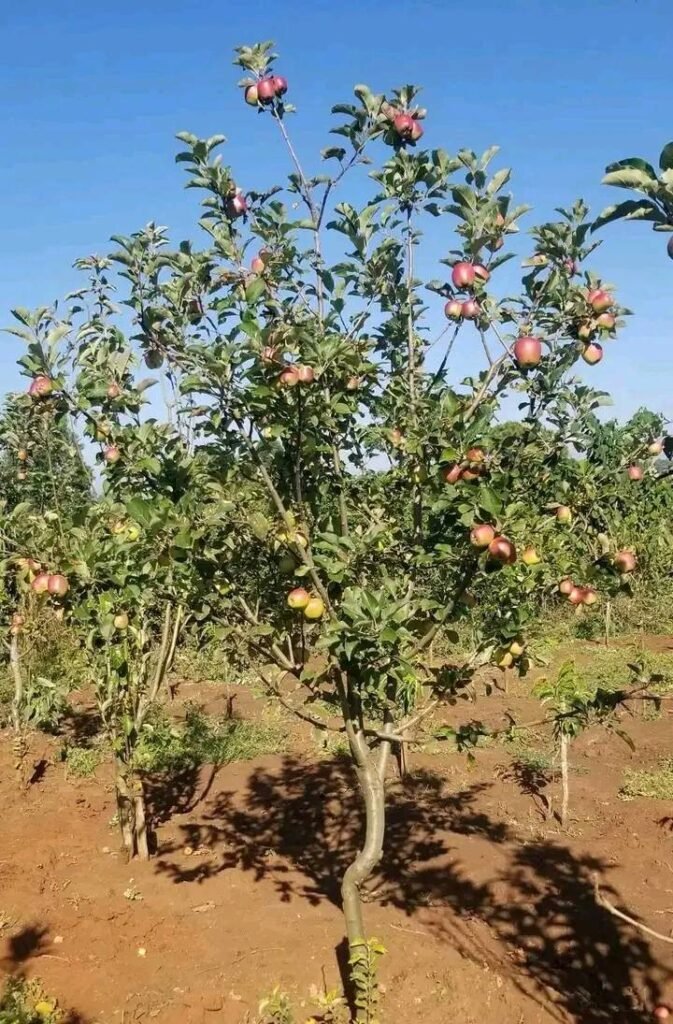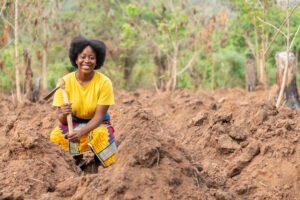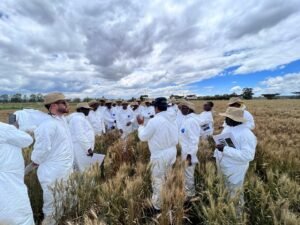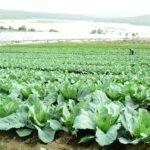By Zablon Oyugi, February 6, 2025, Planting and cultivating a variety of fruit trees on Kenyan farms offer significant opportunities to enhance farmers’ livelihoods while contributing to climate change mitigation, according to recent research by the Center for International Forestry Research and World Agroforestry (CIFOR-ICRAF).
The study highlights the substantial role that fruit trees play in carbon sequestration and biodiversity enhancement within agricultural landscapes.
Fruit trees constitute a significant proportion of trees on farms, found mainly in orchards, homesteads, and cropland, but they also dot grazing lands, soil and water conservation structures, and woodlots. Of the 158 tree species recorded across two counties in Kenya, 60 species (38%) were fruit trees.
Accurate estimation of carbon stocks is required as part of the measurement, reporting, and verification needed to access climate finance. However, this has proved difficult because of a lack of allometric equations that accurately estimate above-ground biomass, and because it is costly for smallholder systems since much of the monitoring and reporting is outsourced to international consultants.
The study developed allometric equations using mean diameter of the primary branches and diameter at breast height (DBH) to accurately predict above-ground biomass in mango and avocado trees. These equations enable rapid estimation of carbon stocks, facilitating the inclusion of fruit trees in carbon sequestration projects and climate finance mechanisms.
Beyond carbon sequestration, integrating diverse fruit trees into farming systems enhances biodiversity by providing various habitats and resources for different species. This practice also offers farmers additional sources of income and nutrition, thereby improving food security and resilience against climate-related impacts.
The research underscores the importance of developing region-specific methodologies for quantifying the carbon sequestration potential of fruit trees. Such efforts are crucial for integrating agroforestry practices into national climate strategies and for enabling farmers to benefit from carbon markets and other climate finance opportunities.
However, the use of fruit trees for carbon finance is still tricky because of the need to standardize methods of measuring, monitoring, reporting and verifying the amount of carbon sequestered by the trees, unclear risks, and the unrealistic expectations about benefits of carbon schemes to communities







